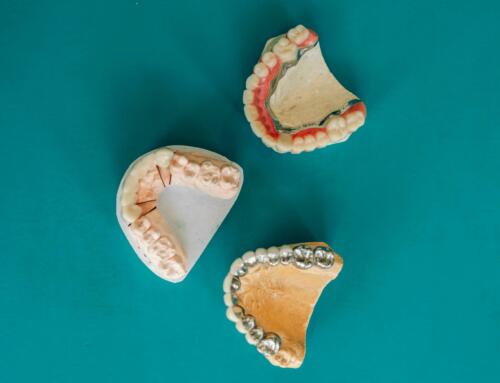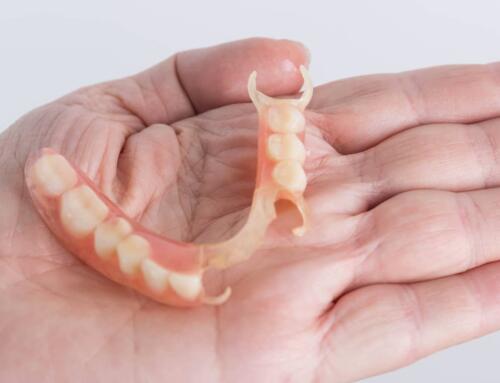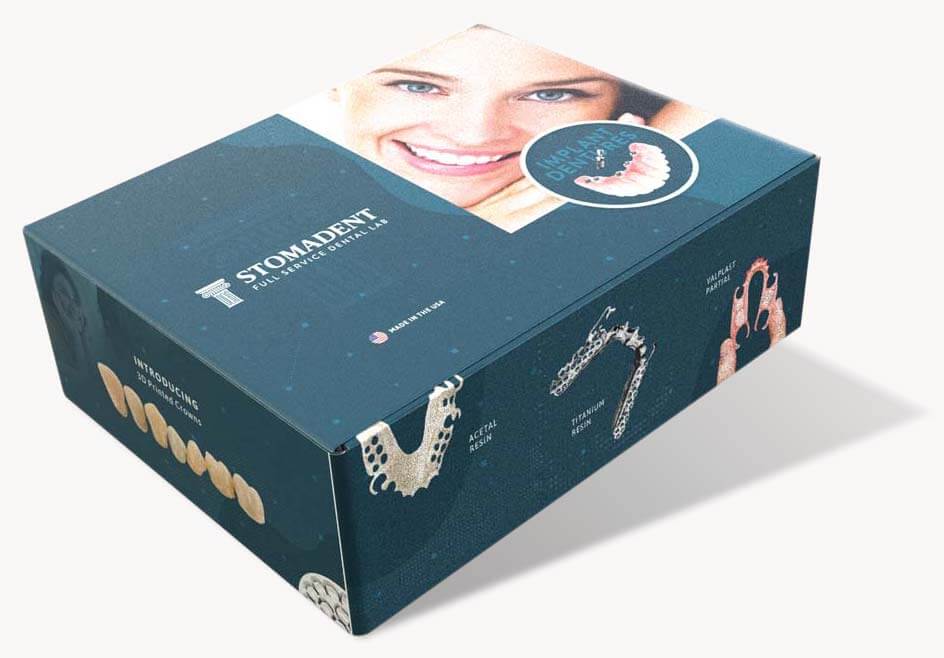
By David Hudnall, DMD
The ideal material of choice for the fabrication of a removable partial denture should possess enough flexibility for clasp formation while offering rigidity for the other partial denture components. Retentive clasp arms must be capable of flexing and returning to their original form, holding a partial denture in place, not stressing the abutment tooth, not being distorted permanently during use, and providing favorable aesthetic results.
In this article, we will discuss how acetal resin meets or exceeds many of these requirements and offers an ideal alternative to traditional cast metal partial dentures.
Properties of Acetal Resin
Acetal resin, also known as polyoxymethylene (POM), is formed by the polymerization of formaldehyde. Technically, acetal resin is categorized as a thermoplastic techno-polymer, which is a chemical compound that can be softened through heating to elevated temperatures and processed into useful shapes using methods such as extrusion or injection molding.
Once cooled, these polymer forms harden into a semi-rigid form and do not show any chemical property changes after being heated and cooled multiple times, one of its useful thermal properties. Although, in many respects, this thermoplastic resin is similar to nylons (i.e., Valplast), they are considered to be superior to them in their fatigue endurance, creep resistance, stiffness, and absorption of water.
Let’s review some of the desirable properties that acetyl resins possess.
Strength and Stiffness
Acetal resin is among the strongest and stiffest thermoplastics available. The material has a shear strength stiffness similar to a 15 mm long, 1 mm diameter cast cobalt-chrome clasp. A similarly stiff acetal resin clasp would be 5 mm shorter and have a diameter of 1.4 mm.
Because of its low modulus of elasticity, a clasp made from acetal resin can be used in larger undercuts for improved retention while exerting less stress on the abutment teeth. This high strength of acetal polymers makes crafting large shapes easier.
Fatigue and Wear Resistance
Ideally, the retentive clasps of partial dentures must show excellent dimensional stability and be capable of flexing and returning to their original shape without becoming prone to breakage from material fatigue. An in-vitro research trial entitled “An Evaluation of Retentive Ability and Deformation of Acetal Resin and Cobalt-Chromium Clasps” was conducted on this very topic. The research revealed the following important conclusions regarding the fatigue and wear resistance of acetal resin:
Acetal resin clasps are resistant to deformation and may offer a clinical advantage over conventional metal clasps.
The retentive force of acetal resin clasps did not decrease over repeated periods of insertion and removal. This property is attributed to the resilient nature of acetal resin.
The study demonstrated that the retentive force (the grip) of a cobalt-chromium clasp placed on the tooth is superior to that of acetal resin for removable partial dentures, at least in the short term.
However, acetal resin clasps do show greater flexibility and long-term retentive resiliency. They can be used for removable partial dentures where aesthetics or periodontal health is the primary concern (Meenakshi, A et. Al., 2016).
Chemical Resistance
Acetal copolymer offer excellent chemical resistance properties. In studies designed to determine the chemical resistance of a large number range of plastics, acetal copolymers resins consistently outperformed acrylics, meaning that acetal resins are more resistant than denture acrylics to the damaging effects that patients sometimes subject their dental appliance to, such as soaking appliances in alcohols or other organic solvents.
Consistency and Color
Acetal resins provide an outstanding consistency of properties and a natural color. The polymers used to produce acetal resins are available in 16 VITA tooth-colored material options and 3 tissue shades that allow the framework to blend with almost any dentition. Because acetal resin absorbs virtually no water, it provides years of service without discoloring or developing odors due to moisture absorption.
Types of Acetal Resin
Two primary types of acetal resins are available. The first is a homopolymer resin with greater mechanical properties that are suitable for use in higher-temperature environments. The other is a copolymer resin, which offers less porosity, greater impact resistance, and possesses better processing characteristics, allowing it to be formed into the desired shape by applying heat and pressure. There are also different grades of copolymer resin. The type used in dentistry is FDA-compliant and designed for contact with foods.
Applications in Dentistry
Dental appliances made from acetal resin can be fabricated via injection molding or by CAD/CAM milling from solid disks formed from preprocessed resin. Acetal resin materials can be used to construct:
- Partial denture frameworks
- Aesthetic clasping systems for hybrid cast metal/resin partials
- Posterior unilateral partials
- Bite splints and nightguards
- Orthodontic appliances
- Provisional crowns and bridges
Current Trends in Dentistry Using Acetal Resin
The primary use for acetal resin in dentistry is partial dentures and partial denture clasping components for metal partials. Much like cast metal partials, acetal resin partial dentures possess the rigidity and strength that allow them to be supported primarily by the existing dentition.
This is very different from other types of aesthetic partial dentures, like Valplast, which receive their support entirely from the tissue surfaces that must be in intimate contact with the baseplate surface and lingual tooth surfaces.
Best Practices for Working with Acetal Resin
The material is easily and cleanly adjusted using the same carbide burs used to modify acrylic denture base resins. Polishing is accomplished with pumice and a rag wheel. Minor adjustments to the clasps may be made at the chairside by gently heating the clasps with hot air or using pre-warmed pliers. Avoid placing the partial over a flame, as it will damage the clasps.
Your certified Zirlux laboratory has the equipment and training necessary to make minor repairs quickly and easily or reline the acetal partial framework.
Premier Resin-Based Zirlux Acetal Partial Dentures
Stomadent Dental Laboratory is a certified provider of Zirlux Acetal products. Our technicians know the material properties intimately and understand the benefits that a CAD/CAM-produced acetal resin partial can provide for your patient. Stomadent wants to help you think differently about removable prosthodontics.
With many color options available, we can provide your patients with a beautiful, comfortable result that they never imagined possible.


![Partial Denture Clasp Types [Assessing Clinical Situations]](https://stomadentlab.com/wp-content/uploads/2024/03/dental-implant-model-dental-bridge-in-hand-dentis-2023-11-27-05-11-13-utc-scaled-500x383.jpg)

![TCS Flexible Partial vs Valplast [Comparing Denture Options]](https://stomadentlab.com/wp-content/uploads/2024/01/asian-elderly-woman-patient-use-toothbrush-to-clea-2023-11-27-05-03-35-utc-scaled-500x383.jpg)







